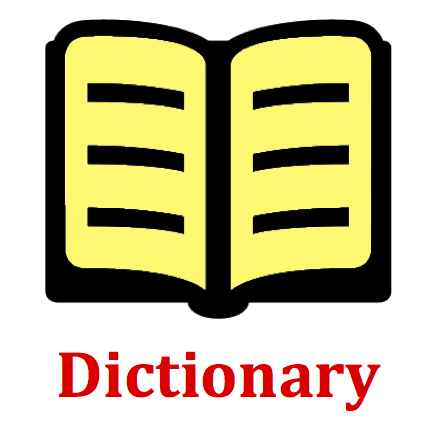Hold down the T key for 3 seconds to activate the audio accessibility mode, at which point you can click the K key to pause and resume audio. Useful for the Check Your Understanding and See Answers.
Mission VP8 Velocity and Acceleration of a Projectile - Question Group 1 Help


A projectile is an object for which the only force acting upon it is gravity. The force of air resistance is negligibly small or nonexistent for a projectile.

Forces, when unbalanced, cause objects to accelerate; and the direction of the acceleration is in the same direction as the unbalanced force. A projectile is an object acted upon by a single force - the force of gravity. Being a downward force, gravity accelerates projectiles in the ____ direction. (It is your job to reason from the previous statements, the word that fills in the blank.)

Many students confuse velocity and acceleration. One misconception a student has is related to the direction of the acceleration, thinking that it is in the same direction that the object moves. But don't be fooled! This is not always the case.
Both velocity and acceleration are vectors; both have a direction associated with them. The direction of the velocity vector is in the same direction that the object moves. Yet the direction of the acceleration vector can be in the same or the opposite direction that the object moves, depending on whether there is a speeding up motion or a slowing down motion. If an object slows down, the direction of the acceleration is opposite the direction that the object is moving.
